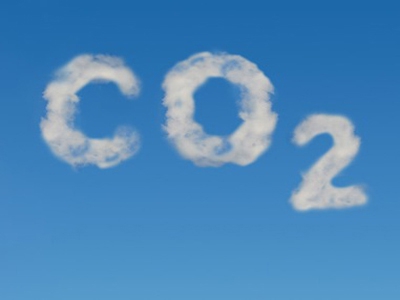Emissions Gap Report 2013 warns for gap between global emissions and 2C warming limit
The United Nations Environment Programme (UNEP) warns today that the world’s annual greenhouse gas emissions are still much too high to meet the agreed international goal of holding global warming below 2C.
”This is yet another call for climate action which shows the world is not getting its act together fast enough.The bad news of the report released today is that current carbon cuts are too slow to prevent dangerous climate change.But the good news is thatwe have options to close the gap although time is running out. And some of them are just a no-brainer:energy efficiency, renewable energy and fossil fuel subsidy reform. The report also shows that developing countries already account forabout 60% of global emissions, which underlines that the world simply cannot fight climate change effectively without all economies committing their fair share”, Connie Hedegaard, European Commission for Climate Action, said
In its annual Emissions Gap Report, released today, UNEP says that countries’ existing emission pledges, if fully implemented, will help reduce emissions to below the business-as-usual level in 2020, but not to a level consistent with the 2C limit, thus leaving a considerable and growing “emissions gap”.
To help bridge the gap, the European Union will be pressing at next week’s Warsaw climate conference for progress towards concrete measures to raise the ambition of near-term global climate action in order to cut world emissions further before 2020.
The Emissions Gap Report 2013
Emission reduction pledges contribute towards meeting the target of the parties to the UNFCCC to limit the increase in global average temperature to 2C, compared to its pre-industrial levels. But are the pledges for 2020 enough to keep the world on track to meet the 2C target? Or will there be a gap between ambition and reality?
|
The Report presents the latest estimates of the emissions gap in 2020 and provides plentiful information about:
|
The emissions gap in 2020 is the difference betweenemission levels in 2020 consistent with meeting climatetargets, and levels expected in that year if country pledgesand commitments are met. As it becomes less and lesslikely that the emissions gap will be closed by 2020, theworld will have to rely on more difficult, costlier andriskier means after 2020 of keeping the global averagetemperature increase below 2 C. If the emissions gap isnot closed, or significantly narrowed, by 2020, the door tomany options limiting the temperature increase to 1.5 C atthe end of this century will be closed.
What are current global emissions?
Current global greenhouse gas emission levels areconsiderably higher than the levels in 2020 that are inline with meeting the 1.5 C or 2 C targets, and are stillincreasing. In 2010, in absolute levels, developing countriesaccounted for about 60 percent of global greenhouse gasemissions.
What emission levels are anticipatedfor 2020?
Global greenhouse gas emissions in 2020 are estimatedat 59 GtCO2e per year under a business-as-usual scenario.If implemented fully, pledges and commitments wouldreduce this by 3-7 GtCO2e per year. It is only possibleto confirm that a few parties are on track to meet theirpledges and commitments by 2020.
What emission levels in 2025, 2030 and2050 are consistent with the 2 C target?
Least-cost emission pathways consistent with a likelychance of meeting a 2 C target have global emissionsin 2050 that are 41 and 55 percent, respectively, belowemission levels in 1990 and 2010.
How can international cooperativeinitiatives contribute to narrowingthe gap?
The most important areas for international cooperativeinitiatives appear to be:
- Energy efficiency : covered bya substantial number of initiatives.
- Fossil fuel subsidy reform : thenumber of initiatives and clear commitments in thisarea is limited.
- Methane and other short-lived climate pollutants; this area is covered by oneoverarching and several specific initiatives. (Reductionshere may occur as a side effect of other climatemitigation.)
- Renewable energy : severalinitiatives have been started in this area.
Based on limited evidence, the following provisionscould arguably enhance the effectiveness of InternationalCooperative Initiatives:
(i) a clearly defined vision andmandate with clearly articulated goals;
(ii) the right mix ofparticipants appropriate for that mandate, going beyondtraditional climate negotiators;
(iii) stronger participationfrom developing country actors;
(iv) sufficient funding andan institutional structure that supports implementation andfollow-up, but maintains flexibility; and
(v) and incentives forparticipants
For more information, please read The Emissions Gap Report 2013 by clicking at image below































































